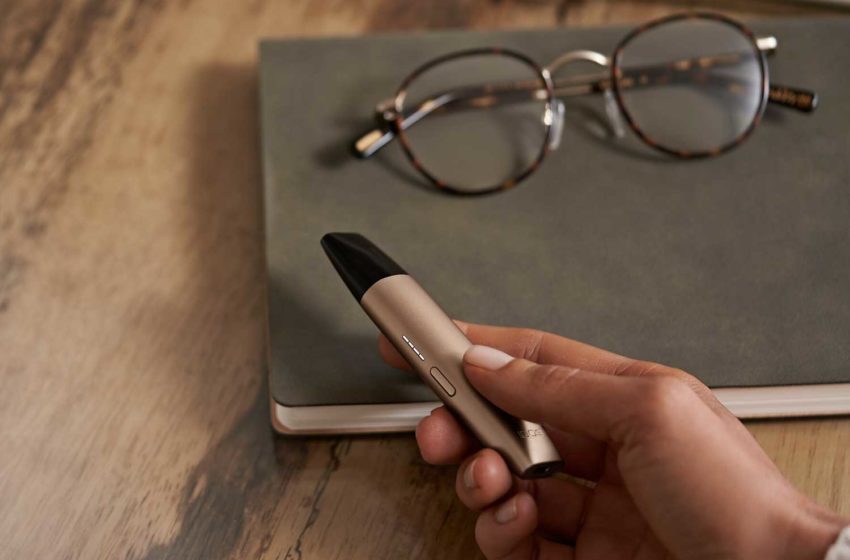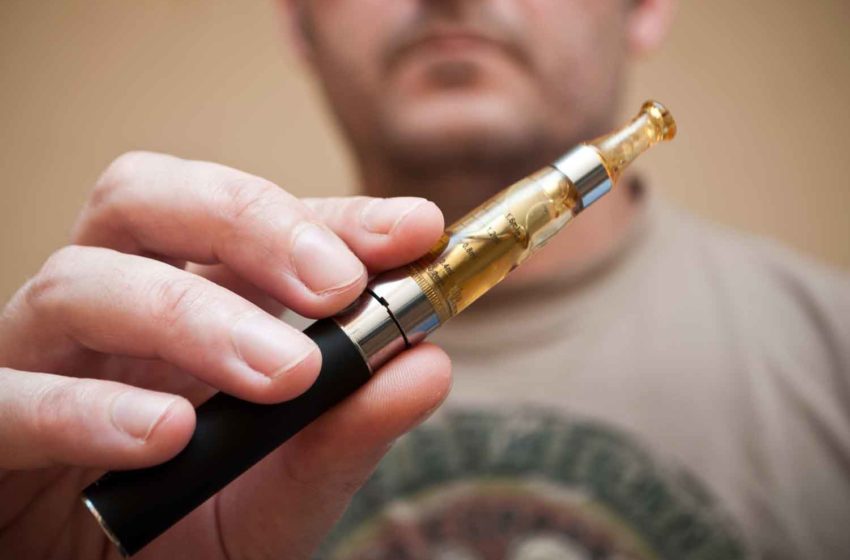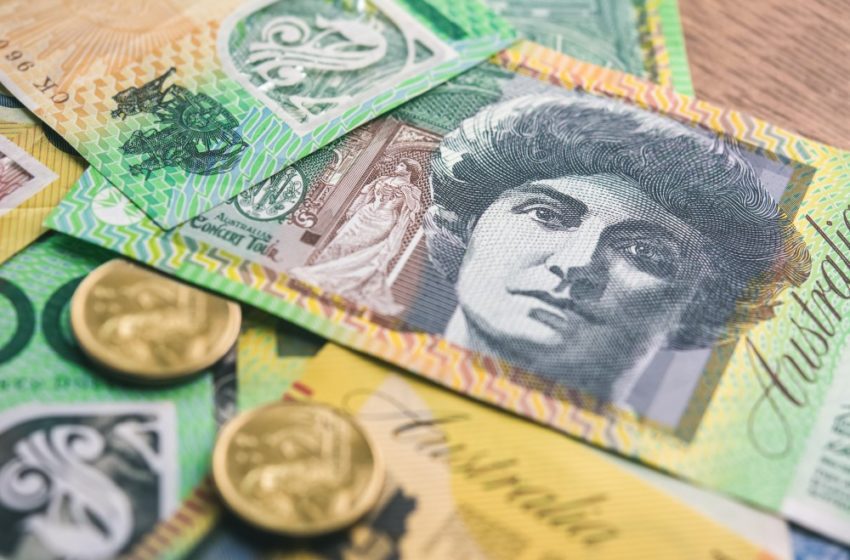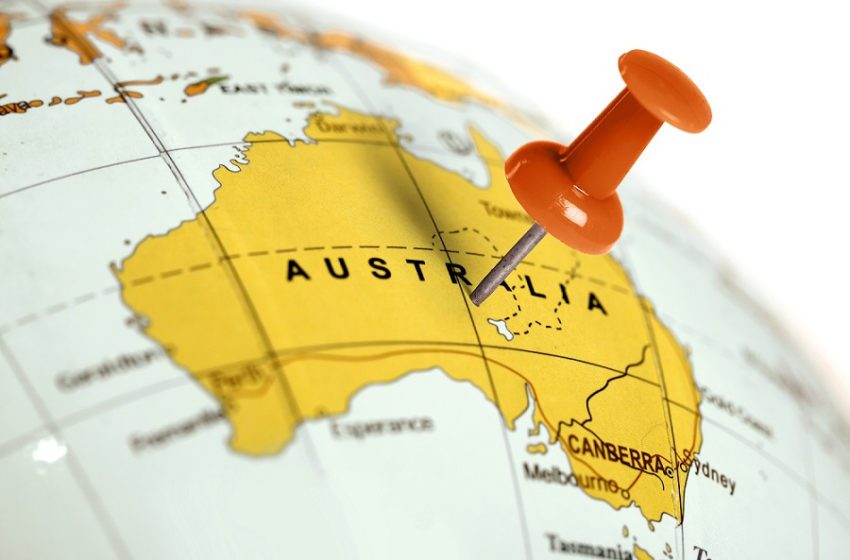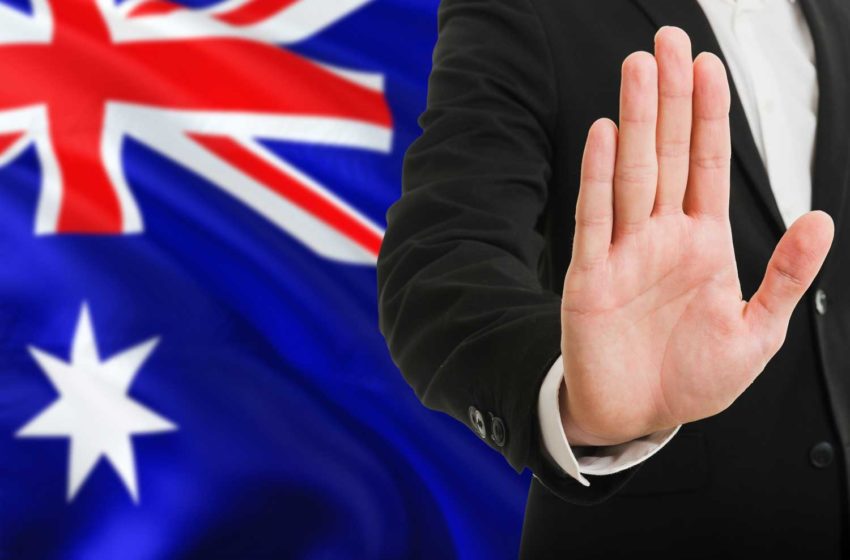Australia should adopt a more realistic regulatory model for vaping, says THR activist.Read More
Tags :Australia
The multinational reportedly offered to pay Australian pharmacists for Veev orders.Read More
A new Australian document claims that e-cigarettes are a gateway to smoking. Read More
Individuals could face fines up to $11,000 for a first offense.Read More
A survey suggests Australians would support a complete ban on retail cigarette sales. Read More
Addiction to tobacco taxes makes candidates in the upcoming elections hesitant raise to the topic, say critics. Read More
Adding e-cigs will help it reach its smoking goal, say activists.Read More
Seizures of undeclared tobacco stocks increased 45 percent from 2020 to 2021. Read More
The country’s drug regulator has fined four entities for breaking the law. Read More
Vapers who bring nicotine illegally into Australia risk stiff fines.Read More

